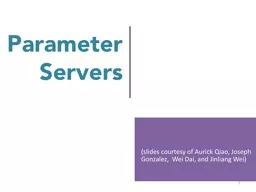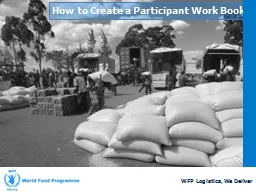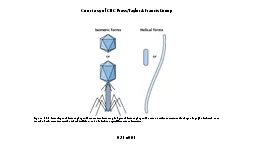PPT-(slides courtesy
Author : celsa-spraggs | Published Date : 2017-09-04
of Aurick Qiao Joseph Gonzalez Wei Dai and Jinliang Wei Parameter Servers 1 Regret analysis for online optimization RECAP 2 2009 RECAP 3 Take a gradient step
Presentation Embed Code
Download Presentation
Download Presentation The PPT/PDF document "(slides courtesy" is the property of its rightful owner. Permission is granted to download and print the materials on this website for personal, non-commercial use only, and to display it on your personal computer provided you do not modify the materials and that you retain all copyright notices contained in the materials. By downloading content from our website, you accept the terms of this agreement.
(slides courtesy: Transcript
Download Rules Of Document
"(slides courtesy"The content belongs to its owner. You may download and print it for personal use, without modification, and keep all copyright notices. By downloading, you agree to these terms.
Related Documents














